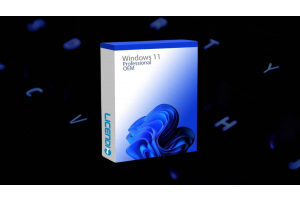Which version of SQL Server do you need?
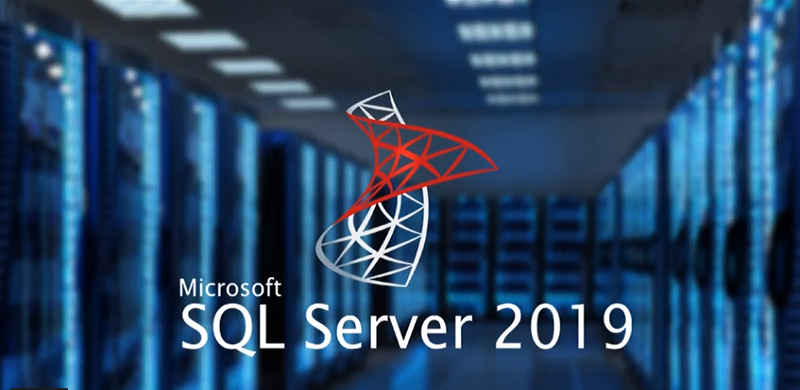
Anyone without IT experience is probably confused about what Microsoft's SQL Server is and what it is used for. They have probably never heard of it. Microsoft SQL Server is Microsoft's relational database management system (RDBMS) and has been extensively developed to compete with its main rivals Oracle Database (DB) and MySQL.
SQL Server supports ANSI SQL, the standard SQL language, as well as T-SQL, its SQL implementation and the tool interface. It supports both 32-bit and 64-bit environments.
Microsoft SQL Server is based on SQL, a standardised programming language that database administrators (DBAs) and other IT professionals use to manage databases and query the data they contain.
SQL Server is tied to Transact-SQL (T-SQL), a Microsoft implementation of SQL that adds its own program extension to the standard language. That is part of the difference.
How many versions/editions of Microsoft SQL are there?
Microsoft enhanced the features of SQL Server to make it an enterprise-class relational DBMS that can compete with Oracle Database, DB2 and other popular databases.
There are many different versions and some editions of Microsoft SQL Server. It can be a bit complicated to keep up to date. Between 1995 and 2016, Microsoft released 10 versions. The first versions were designed for departmental and workgroup applications.
In this section we will introduce you to the different SQL Server products, which have different features and a variety of pricing and licensing options. We will then look at what editions are available:
• Enterprise: This is the high-end edition with a comprehensive range of functions, ideal for large companies and corporations with extensive server requirements.
• Standard: This version is ideal for companies of different sizes and contains the basic functions.
• Workgroup: This edition is ideal for companies with branch offices. It has all the basic functions.
• Web: Web applications are the main features of this issue.

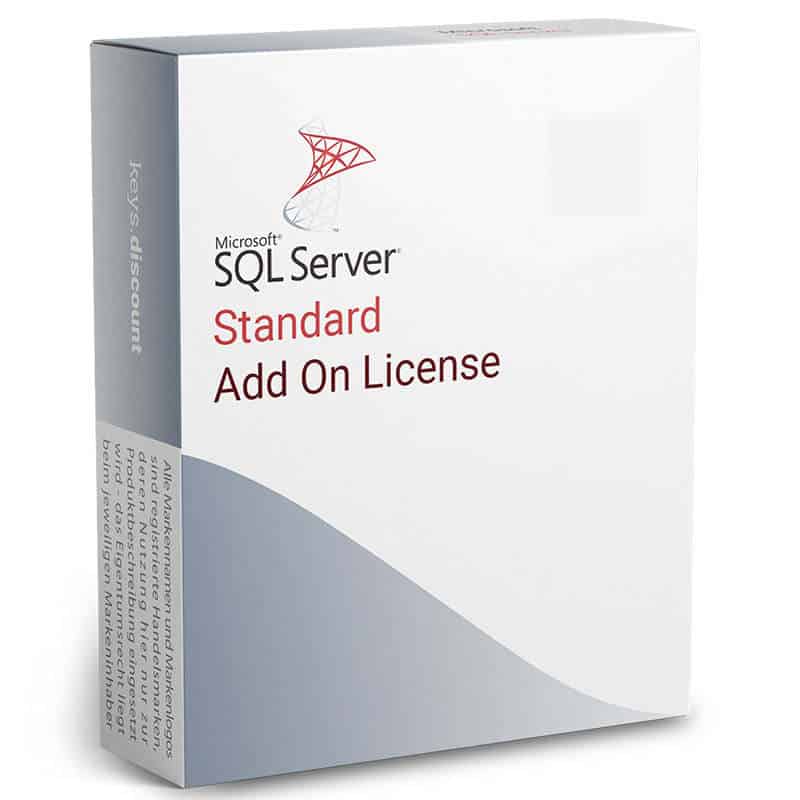
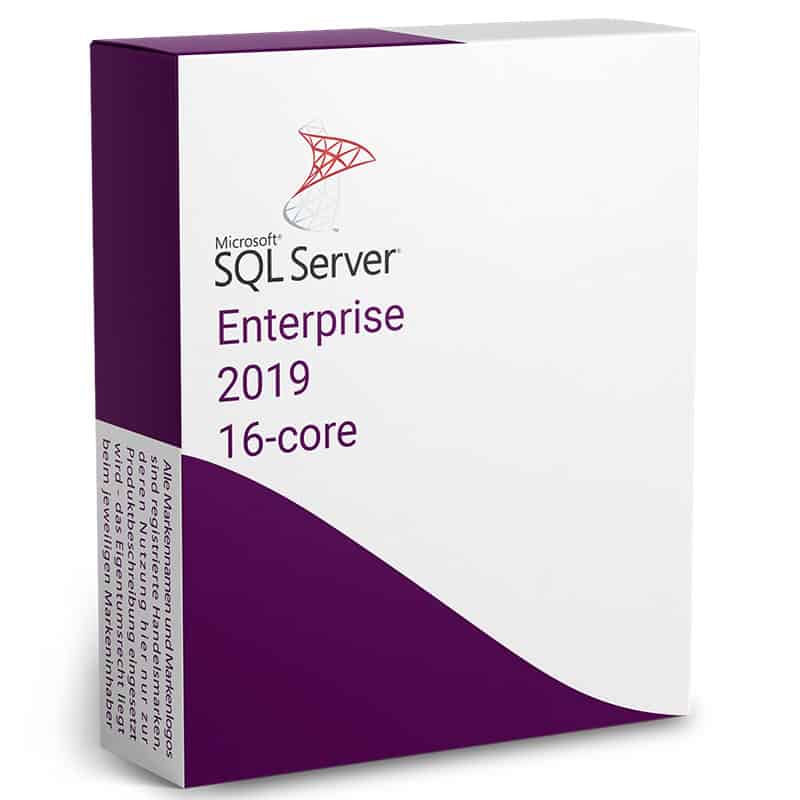
• Developer: The main function is that you can upgrade from Enterprise to Developer for test development.
• Express: A free entry-level database. It can only use 1 CPU and 1 GB of memory; the maximum database size is 10 GB.
• Compact: Free integrated database for the development of mobile applications. The maximum database size is 4 GB.
• Datacenter: The biggest change in the new SQL Server 2008 R2 is the Datacenter edition. Datacenter has no memory limit and supports more than 25 instances.
The most frequently used editions and versions.
SQL Server 2012 Standard: This edition is the most popular for running large corporate databases. It offers everything you need in most cases. The server can work with up to 16 cores and has an unlimited amount of RAM.
This is a great way to get a very powerful version of SQL Server that meets the needs of most organisations, offers a comprehensive feature set and fits a wide range of budgets.
How do I choose the right version of Microsoft SQL Server for me?
Which edition of Microsoft SQL Server is right for you depends on your requirements, how up-to-date your hardware is and your company's budget.
These factors will help you determine which version you need. The standard edition seems to be a good starting point for many companies.
Windows Server or Windows SQL Server
SQL Server runs on your Windows Server and requires a Windows operating system to function.
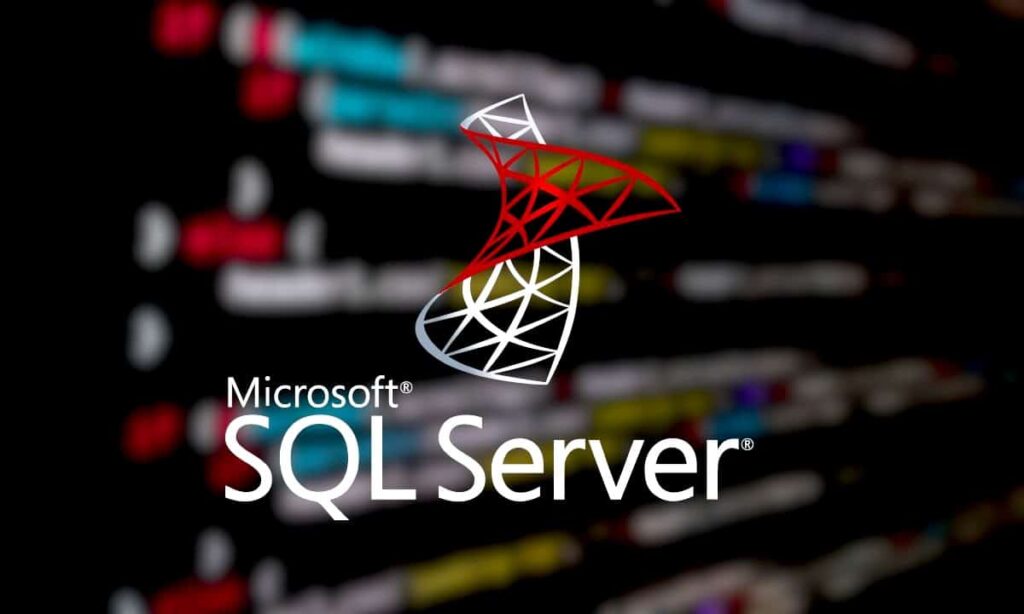
Here is a comparative look at the SQL Server versions from 2008 to 2017:
• In-memory OLTP has been supported since 2014.
• In memory, ColumnStore is supported from 2012.
• Operational real-time analyses only in 2016 and 2017.
• The extension of the buffer pool to SSD is available from 2014.
• Adaptive request processing only in 2017.
• Core availability groups only in 2016 and 2017.
• Transparent data encryption in all versions.
• Support for encryption of backups from 2014.
• Dynamic data masking and row-level security in 2016 and 2017.
• Separation of duties from 2012.
• Azure backup available from 2012 to 2017.
• Disaster Recovery on Azure from 2014.
Other differences
• Optimised virtual machine images in the 2012 Azure Gallery.
• Stretch database in 2016 and 2017.
• Runs only on Linux and Docker Containers 2017.
• Preliminary tables in 2016 and 2017.
• JSON support only in 2016 and 2017.
• Graphical data support only in 2017.
• PolyBase for T-SQL queries over Hadoop in 2016 and 2017.
• Tabular BI semantics model in all versions.
• Master data services in all versions.
• Data quality services in all versions except 2008.
• Extended analytics in the database in 2016 and 2017.
• End-to-end mobile BI on any device in 2016 and 2017.
Do you have any questions?
Our support team is here to help 24/7, remember you can always find out more about SQL Server in our online shop.
Write us a comment or give us a call.
Greetings,
Your Licendi team.

